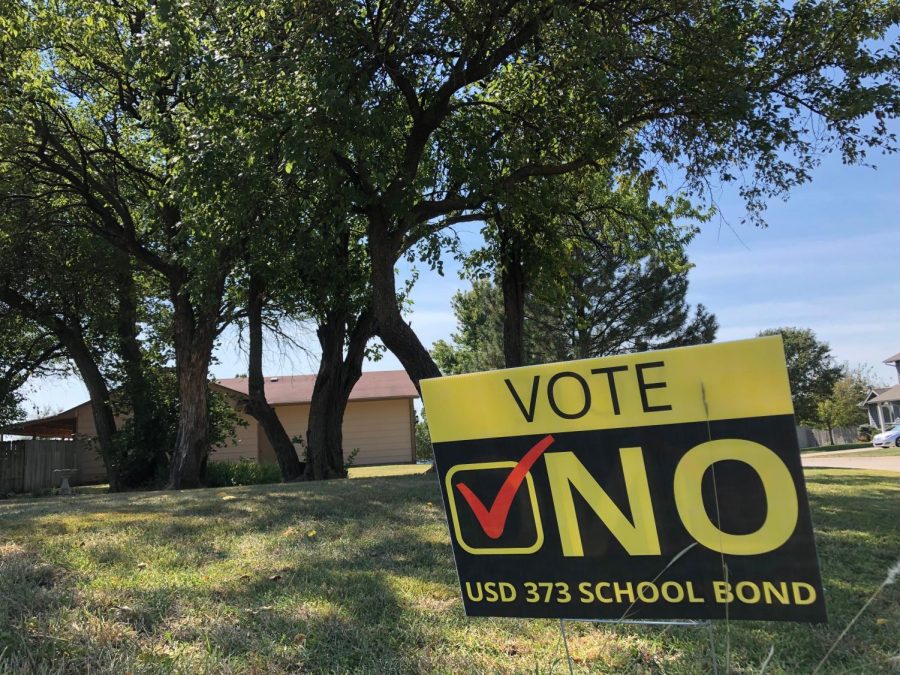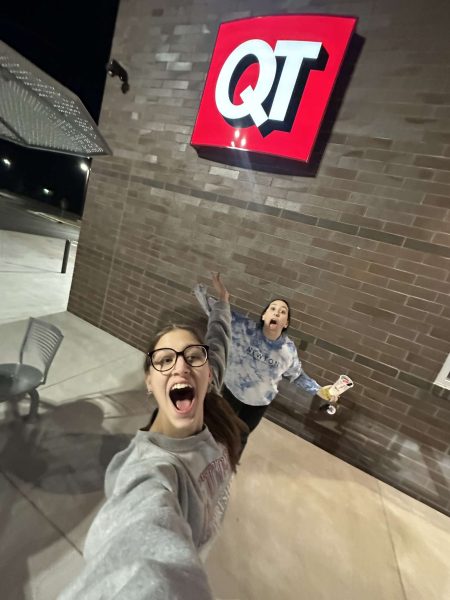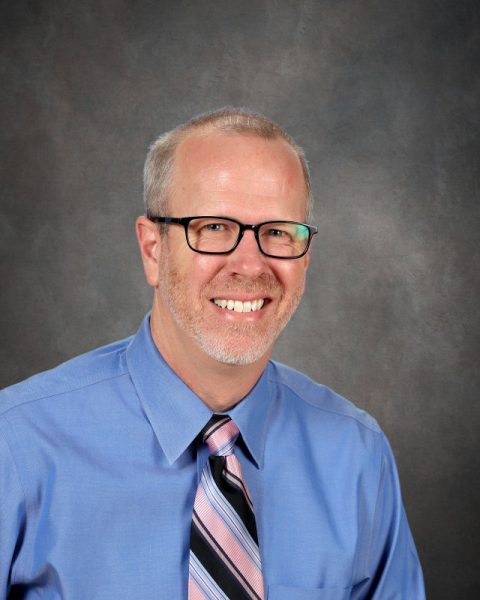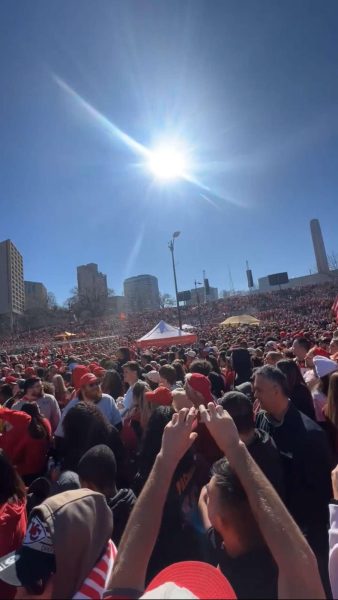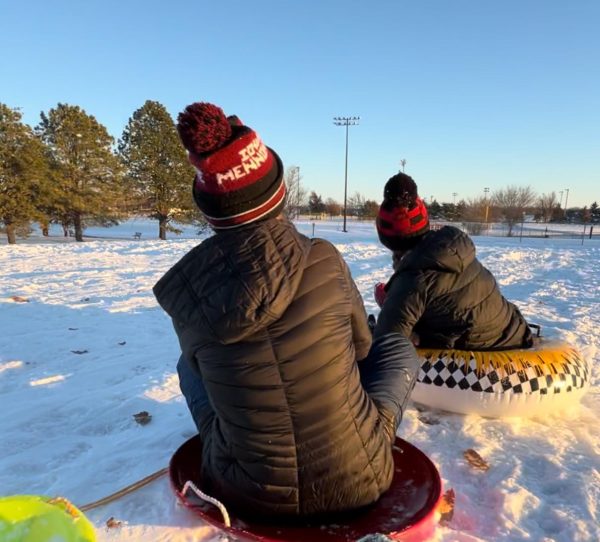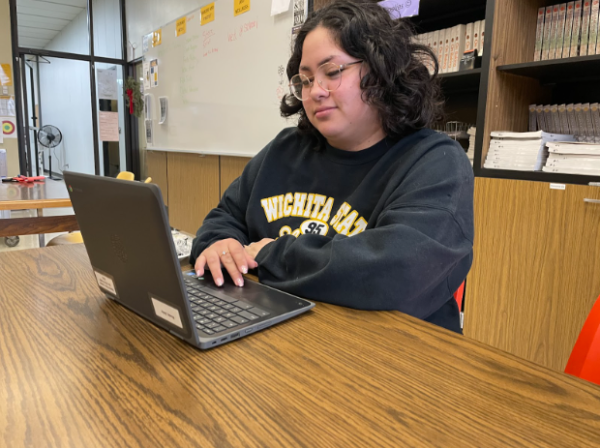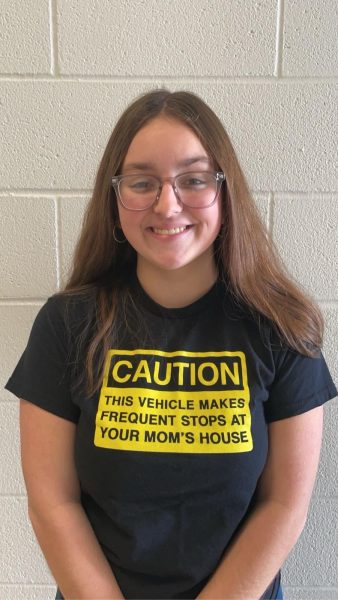Next steps for 2019 failed bond proposal
On Sept. 3, the most recent bond proposal failed. This proposal put forth two questions. The first concerned several improvements to the physical infrastructure as well as the safety and security of the high school. This question failed 4043-3364. The second question proposed building a new elementary school south of Highway 50. This failed 4990-2392. The high price tag of over $60 million dollars was commonly seen as the largest reason to vote ‘no’.
In 2014, the board met with several community members and groups who then laid out 16 areas that needed improvement in the district. This is called the ‘Comprehensive Plan’. Out of those 16 areas, five concerned the physical facilities of the district. The board then used these areas to develop the two recent bonds and their goals as a district. However, superintendent Deborah Hamm believes that community members may be unaware of this plan which could have been a factor in the bonds’ failure.
“I think what might be helpful would be to spend more time in the community talking about the Comprehensive Plan and the fact that these were the things that surfaced as things that were important to the community and what has been the work surrounding those 16 areas,” Hamm said. “Because maybe people do not understand the Comprehensive Plan. Our goals, the vision for the district, all come from that process. If people do not understand that at this point, then maybe they do not understand how we got to the proposal that was put forth.”
Community member and parent Megan Nagel worked on the ‘Vote Yes for Kids’ campaign. Nagel and two others ran the social media for it and also put up signs in people’s yards who supported the bond. After completing her work for her job, she turned around and continued working on the campaign.
“Starting about the beginning of July, two to three hours a day and towards the end, it felt like a full-time job. I was leaving work and then I was putting out yard signs or making social media posts. Or we were monitoring. We were getting some horrible comments on social media, so it was kind of a 24 hour a day job just to make sure that true facts were being put out and that people were not just angry and putting out false statements,” Nagel said.
To combat these false statements, Nagel and other community members utilized face to face communication to emphasize the role of objective facts.
“Having conversations I think was so important. It’s easy to not understand some of the needs that the high school has if you’re just looking at it from outside. A lot of what we encountered was people who remembered the high school as when they were there. So just saying ‘Hey, there’s a termite problem, there are walls that are collapsing,’” Nagel said.
Despite the efforts from the ‘Vote Yes for Kids’ committee, there are still infrastructural issues that remain unfixed. The board is waiting to hear back on two grants they applied for to fix some at-risk aspects of the building, but at this point, the board is planning to wait until elections in November to move forward on anything concerning a bond.
“The needs didn’t change. The conversation will be around setting priorities. It will be a long time again before anything moves forward. We have a couple of grant opportunities that we are still waiting to hear on. Depending on how those things work out, that will help us establish what our priority list might look like for the next year or so,” Hamm said.
Nagel hopes that there will still be action concerning bonds and school improvement in the near future, and believes that compromise is essential in creating a thriving community.
“I think both sides are equally at fault for this. We have proposed a bond twice for over $60 million and have heard back that it is just too high. So, the people who are wanting a bond are going to have to bring their standards down a little bit. Which honestly breaks my heart,” Nagel said, “The no side is also going to have to compromise and realize that schools are vital for communities to stay relevant. People move places not so much because of jobs, they move to communities because of schools. If we do not fix our schools, our community starts deteriorating. We are going to have to invest in it to make Newton a growing, vibrant place.”

Ellen is a senior entering her third and final year on the Newtonian staff. She is a debater, forensicator, journalist, AP/Honors student, bassist, varsity...

